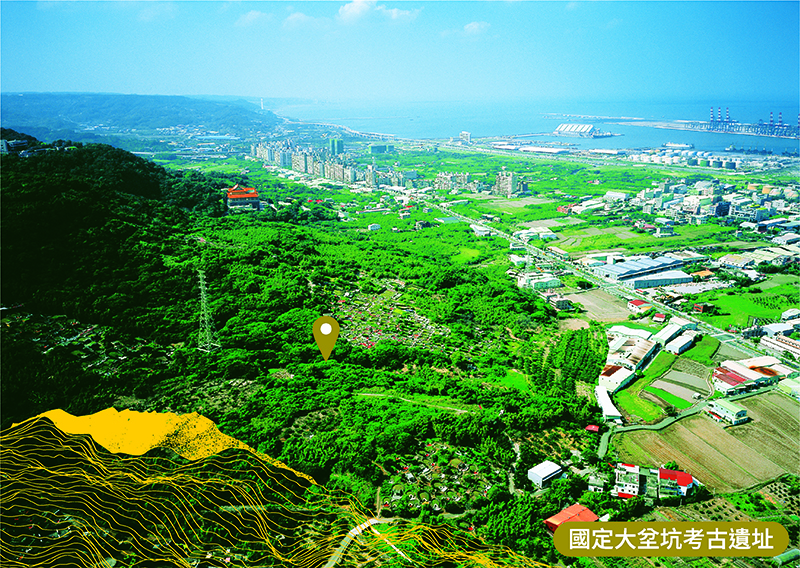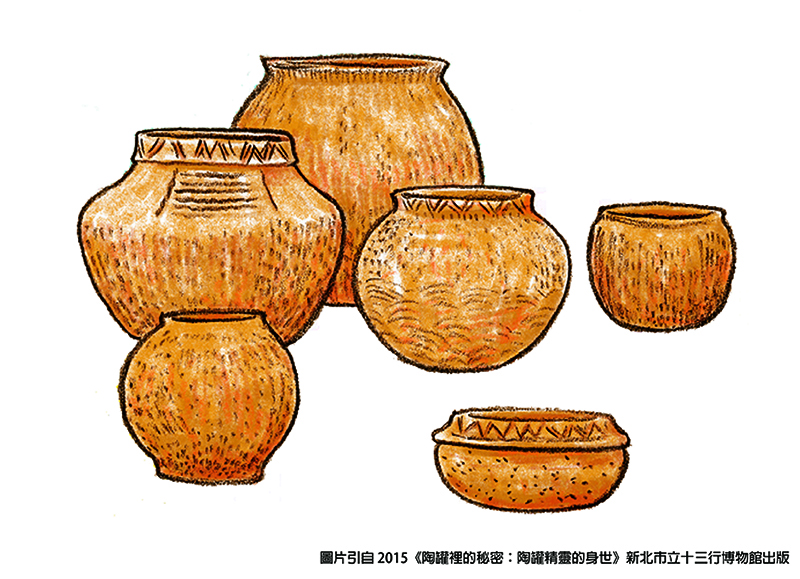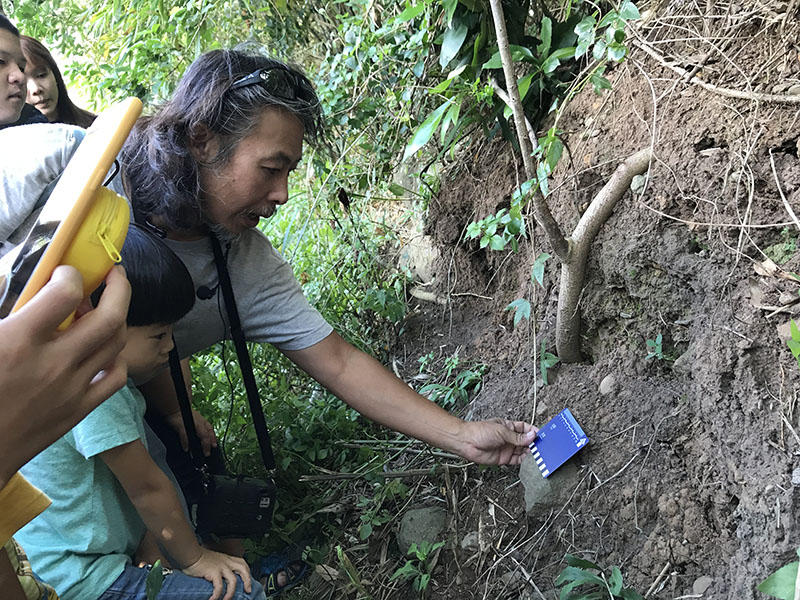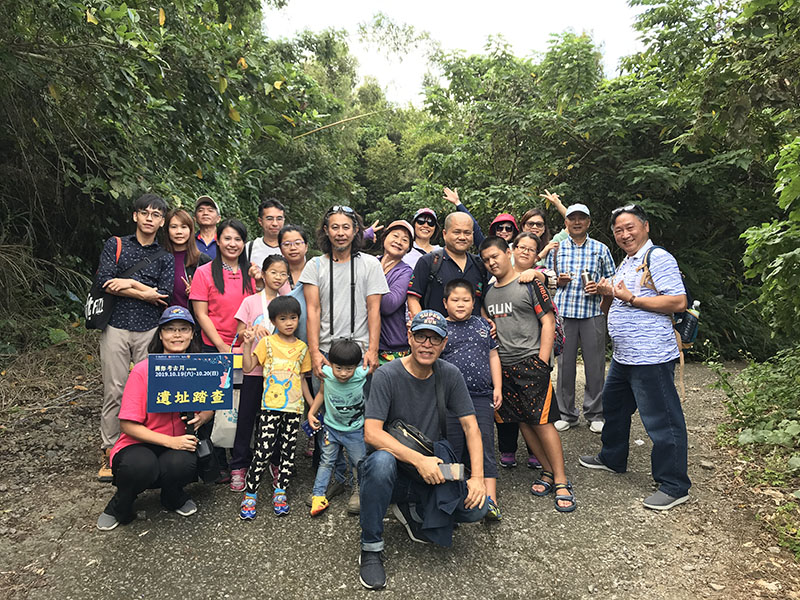國定大坌坑考古遺址位於新北市八里區埤頭里之觀音山西北山麓,1958 年 6 月由盛清沂先生和吳基瑞先生調查發現並提報,之後經歷多次調查、試掘和研究,確認遺址特殊性。
大坌坑考古遺址是研究臺灣新石器時代早期階段的重要考古遺址之一。考古學界也以大坌坑考古遺址為名,將全臺灣史前新石器時代早期文化稱呼為「大坌坑文化」。大坌坑文化人會以手工捏製陶器,陶土夾有砂礫,質地較鬆軟,顏色以暗紅色、黃褐色為主,外表有幾項明顯的辨識特徵:刻劃波浪紋和幾何紋、有一道凸脊裝飾、有拍印粗繩紋。早期食物來源依賴狩獵採集,晚期開始有農耕行為,種植根莖類作物和稻米。
大坌坑考古遺址有六個文化層疊壓,包括大坌坑文化、訊 塘埔文化、圓山文化、植物園文化、十三行文化及近代漢文化等,顯示從距今約 5,600 前至約 350 年前都有人群在此生活。
大坌坑考古遺址依《文化資產保存法》第102條(民94年版)和《考古遺址指定及廢止審查辦法》第3條,在2005年指定為「國定遺址」,並於2017年重新指定為「國定考古遺址」,其重要價值包含:
(1)大坌坑文化命名遺址。
(2)擁有六個文化層堆疊的遺址,在臺灣很少見。
(3)在學術史上具有全國代表性及價值。
(4)國際性知名的考古遺址。
(5)研究南島語族起源與遷移的重要資料。

國定大坌坑考古遺址位於觀音山西北山麓,海拔高度約30 - 100公尺,前方為淡水河出海口及臺灣海峽,提供史前人群豐富多樣的山海資源。

經過考古學者研究,復原距今5000多年前大坌坑考古文化人使用的陶器形態。

國定大坌坑考古遺址約從 5,250 年起就有人在此活動,遺留的物品與痕跡層層堆疊,形成六個文化層,非常少見。這裡至今仍有人活動,過去與現在共存,是一個「活著的考古遺址」。

透過遺址教育推廣活動增加考古文化資產人群觸及性的廣度之外,也針對特定目標對象深化教育內容,強化考古文化資產保存維護之永續發展目的。

